Jaguar announced in May that it would recreate six new Lightweights, each built by Jaguar Heritage, part of Jaguar Land Rover’s new Special Operations division. During the 2014 Monterey Classic Car Week, Jaguar revealed the prototype of its ‘new’ Lightweight E-type – a further six of which will be built and sold.
Each of the six cars will be built to a specification originated from the last Lightweight E-type produced in 1964 and will be hand-crafted at the original home of the E-type, Jaguar’s Browns Lane plant in Coventry, England. The cars will be sold as period competition vehicles and all will be suitable for FIA homologation for historic motorsport purposes.
The new cars are the ‘missing’ six vehicles from the ‘Special GT E-type’ project, which originally started in February 1963 with the objective of building 18 cars. Only 12 of the aluminium-bodied Lightweight E-types were eventually built and the remaining six designated chassis numbers having lain dormant, until now. The six new cars will carry those original, historic Lightweight E-type chassis numbers.
A race winner in the hands of a variety of famous drivers during its short competitive career, the car achieved worldwide fame and original examples are now valued in the many millions. In recreating the Lightweight E-type, Jaguar Heritage has been able to call on the skills and experience of many engineers and technicians already working in a variety of departments within Jaguar.

All, when offered the chance to assist with this unique project, leapt at the opportunity. Some even have an indirect link with the E-type when it was new: one master technician calculated that his family – including his grandparents, his father and his uncle – had a collective 170 years’ service at Jaguar stretching back to the early 1960s.
The expertise and attention brought to bear on this recreation project is staggering, with the full resources of Jaguar being applied to ensure that the six new Lightweights will not only be authentic, but will also be built to the highest standards.
“Operating from a brand new workshop at Browns Lane – now open for the restoration and servicing of customer cars – the building of six new, meticulously crafted Lightweight E-type period competition cars by Jaguar Heritage is testament to the unique skills within the team. To know those same skills can also be utilised to the benefit of existing classic Jaguar owners means this is a very exciting time for Jaguar Heritage.”
Continuation Jaguar E-Type Lightweight Engineering
The Body
The core component of the Lightweight E-type is its aluminium bodyshell. This material replaced the steel of the production E-type in the quest to shed weight – some 250lb (114kg) were saved compared with the standard car.
Despite the 50-year gap, the aluminium build of the six new Lightweights gives them an immediate affinity with the current Jaguar range, the F-TYPE and XJ models being built to exacting standards with aluminium bodies for exactly the same reason. In fact, Jaguar is now the world’s leading manufacturer of aluminium-bodied cars and the company has unrivalled experience in the relatively new field of applying aluminium technology to volume production cars.
So when tasked with the job of recreating the Lightweight E-type’s aluminium body, today’s Jaguar engineers could relate at once to what their predecessors had achieved 50 years before. However, despite the enormous advances in technology since the early 1960s, the decision was taken not to incorporate modern materials or fixing methods. While high-strength aluminium alloys and bonded structures would have been invisible, they would not have been true to the original design – and nor would they have conformed to the FIA’s homologation requirements for historic racing.
Instead, today’s advanced technology was deployed to ensure the highest quality and most faithful rendition of the Lightweight E-type’s open two-seater body components. Using state-of-the-art scanning technology, the inner and outer surfaces of a Lightweight bodyshell were digitally mapped.
The resulting massively detailed scan, which recorded dimensions and shape down to a fraction of a millimetre, was then assessed by Jaguar’s technicians to validate how the body was assembled back in the 1960s, how consistent the structure was side-to-side, and how it could be engineered today to produce the highest quality result for the Lightweight E-type project.
As this digital capturing process gave Jaguar’s engineers complete control over the Lightweight E-type body’s 230 individual components, their shapes could then be optimised before the data was sent to the tool room at Jaguar’s Whitley engineering centre. Even panels which are unseen within the structure have been faithfully reproduced. To ensure absolute symmetry, one side of the scanned body was used as the datum, this being ‘flipped’ to produce an identical condition on the opposite side.
Additionally, before being signed-off, the outer ‘A-surface’ CAD scan was transferred to Jaguar’s design department where the surface geometry was finalised. All this work ensured that the tooling from which the majority of the new body parts are produced is as accurate as possible.
Approximately 75 per cent of the panels are made in-house at Whitley, just a few very large pressings being supplied by external specialists using Jaguar-designed tooling. The grades of aluminium used for both the under-structure and surface panels are almost identical in mechanical properties to those used for the original 1963 Lightweight E-types. The body is completed to original Lightweight E-type Chassis no. 12 condition, by which time Jaguar had added some additional strengthening in key areas of the shell. The aluminium body is then completed by the addition of an aluminium bonnet, doors and trunk lid. As with the original cars, an aluminium hard top is standard.
The development of the body-in-white tooling was undertaken by the same department that builds all Jaguar Land Rover prototype vehicles, so the expertise applied to the project was world-class. The build process and assembly procedures were initially proved out on Car Zero; this is effectively an engineering prototype and will not carry one of the six Lightweight chassis numbers.
For the Lightweight E-type project, Jaguar’s engineers created a ‘grey book’ of the type used during the development of new production Jaguars. This internal document sets out the required quality standards in terms of bodyshell fit-and-finish and ensures a consistency of build quality for all six new Lightweight E-types.
A roll-over cage is fitted as standard, and the body includes mounting points for a detachable front extension which is available as an extra. The cars are built in a form suitable for FIA homologation for historic motorsport purposes (see full specification).
The Engine and Drivetrain
The Lightweight E-type was powered by a highly developed version of Jaguar’s straight-six XK engine which, with its chain-driven twin overhead camshafts and aluminium head with hemispherical combustion chambers, remained highly advanced in 1963 even though it had first been seen in the XK 120 as far back as 1948.
It was this engine that had powered the C- and D-types to five Le Mans victories in the 1950s, and the unit developed for the Lightweight E-type is based on the 3,868cc (236 cu in) engine which, in the D-type, had won Le Mans in 1957. A similar big valve ‘wide angle’ cylinder head is used, but in place of the D-type’s cast iron block, Jaguar introduced an aluminium block for the Lightweight E-type which substantially reduced the amount of weight over the front wheels. This also features in the present-day car, with pressed-in steel liners.
Another major feature transferred from the D-type is the dry sump lubrication system. This uses a scavenge pump to collect oil from the sump and return it to a separate oil tank in the underbonnet area. This eliminates oil surge during fast cornering and consequent risk of damage to the engine’s bearings, and also allows a greater quantity of oil to be carried.
The compression ratio is 10:1 and today’s car is supplied with three 45DCO3 Weber carburettors. These were homologated by Jaguar for the Lightweight E-type in addition to a Lucas mechanical fuel injection system – which is being offered to customers as a cost-option (and which is fitted to Car Zero). The exhaust manifold is a steel fabrication and leads the exhaust gasses into twin pipes which take them through a centre silencer box to the rear of the car, where the exhaust system ends in twin polished tail pipes.
Whether carburettors or fuel injection is specified, brake horsepower is well over 300, and with torque in the region of 280lb ft at 4500 rpm, the car is endowed with rapid acceleration from comparatively low engine revs – a traditional feature of Jaguar racing engines.
A 12 volt negative earth electrical system is used, and the engine benefits from a modern inertia-type starter motor. The water and oil radiators are in aluminium alloy, there is an aluminium expansion tank for the coolant, and the fuel tank is mesh-filled for safety.
The power is transferred to the road via a lightweight, low inertia flywheel, a single-plate clutch and a Jaguar close-ratio, manual four-speed all-synchromesh gearbox as used by the Lightweight E-type in period. A variety of final drive ratios are available, all with the Powr-Lok limited-slip differential, but a 3.31:1 ratio is supplied as standard.
Suspension, Steering and Brakes
The twin wishbone front suspension and independent wide-based wishbone rear suspension (where the drive-shaft serves as the upper link) are set-up according to period racing practice, with uprated shock absorbers controlling the torsion bar springs (front) and the four coil springs (rear).
The steering is the excellent standard E-type rack-and-pinion, with a traditional wood-rim wheel for the driver. Larger (12.25in) brake discs are fitted at the front, with the rear brakes being standard E-type. No servo is fitted.
The 15in diameter wheels are period type in the correct ‘perforated’ style, and like the originals are cast in magnesium alloy. Rim width is 7in front, 8in rear. Dunlop racing tyres are fitted, 6.00 section front, 6.50 section rear, both in CR65 compound.
Final Assembly
The monocoque bodyshell is built at Whitley where it is mated to its tubular engine sub-frame – which is stiffened with gussets as for the original Lightweight – and then shipped to Jaguar’s Gaydon facility for painting. From there it is then taken to Jaguar Heritage at Browns Lane where the car is built up with powertrain, suspension, brakes, steering, electrical items, instrument panel and soft trim.
This process takes place in a dedicated area close to where the original Lightweight E-types were assembled in 1963/64, and the work is undertaken by highly skilled technicians used to assembling extremely complex JLR prototypes.
It is at this stage that personal consultation with the customer dictates the final specification for each individual car – no two of which are expected to be identical.
Car Zero underwent a 15-day shake-down period at Jaguar Land Rover’s test facility at Gaydon to prove out the car’s dynamics and establish optimum suspension settings. This involved Mike Cross, Jaguar’s Chief Engineer, Vehicle Integrity. Jaguar’s engineers even established a ‘design verification plan’ for the car, just as they would do for an entirely new model. Each of the six new Lightweights will go through shake-down tests to ensure that they meet the required standards in terms of braking, handling and steering.
“In our contemporary Jaguar sports cars our aim is always to achieve an immediacy of response to all driver inputs – and the goal with Lightweight E-type was the same. For me, its response to steering, brake and throttle inputs – along with the terrific noise it creates – is what makes it such an engaging machine from the driver’s seat.”
Design
Jaguar’s Advanced Design Studio has been involved in the project from an early stage, charged with arriving at the appropriate level of trim for the new car, together with selecting the materials used and the nature and colour of finishes.
“With the Lightweight E-type, our focus as a design team has been to ensure justice was done to the original work of Sir William Lyons and Malcolm Sayer. Meticulous attention to detail has been everything to us in re-creating this car, just as it is in our contemporary Jaguars. I believe the result is a new Lightweight E-type that is as stunning now as the originals would have been when they were new,” said Mike Cross, Chief Engineer, Vehicle Integrity, Jaguar.
Connolly leather is used, supplied by Jonathan Connolly with hides produced to the same specification as those used by Jaguar in the 1960s. This leather is used to trim the competition-type aluminium bucket seat base. The centre console covering is also leather, and there is a choice of seven trim colours.
As befits a thoroughbred GT car where weight saving in all areas is demanded, interior trim is minimal. However, the customer can opt for a more fully-trimmed car and the Jaguar team can devise bespoke trim packages. This may include door cards, headliner for the hardtop, removable custom saddle-leather floor mats, and a cover for the transmission tunnel.
Much of Car Zero’s interior – floorpan, sills, rear areas – have intentionally been left unpainted, to emphasise the car’s aluminium bodywork.
The studio has also selected a palette of six ‘heritage’ paint colours recommended for the exterior: Carmine red, opalescent grey metallic, silver metallic, opalescent blue metallic, British racing green, Old English white. However, various colour and trim alternatives are available, as each car is built to the personal specification of each individual customer, who can discuss options with Jaguar’s Director of Design, Ian Callum, in person.
Jaguar E-Type Lightweight Reproduction Photo Gallery


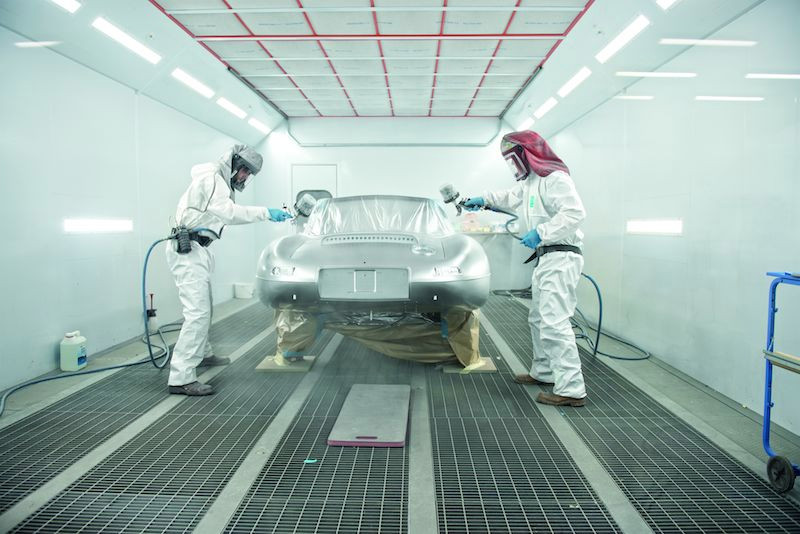
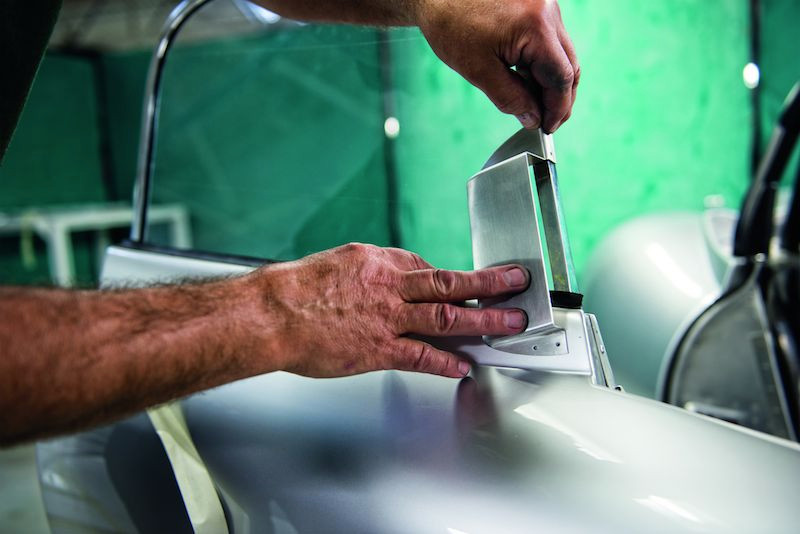
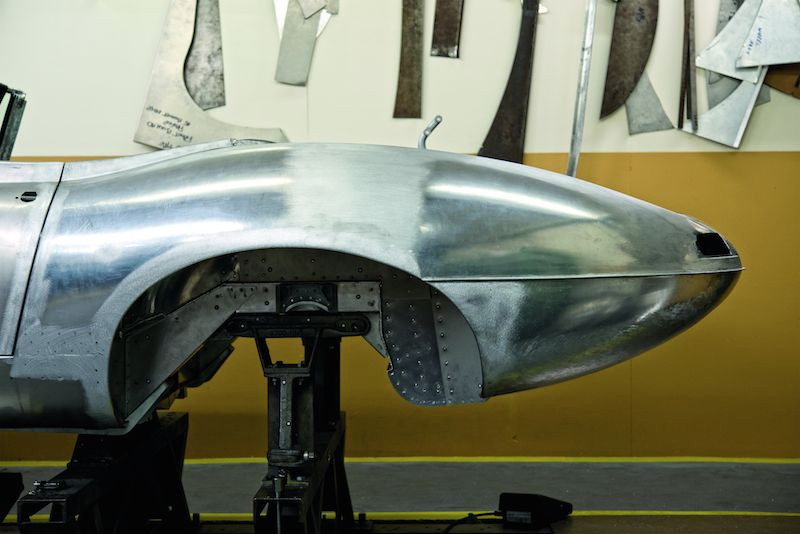
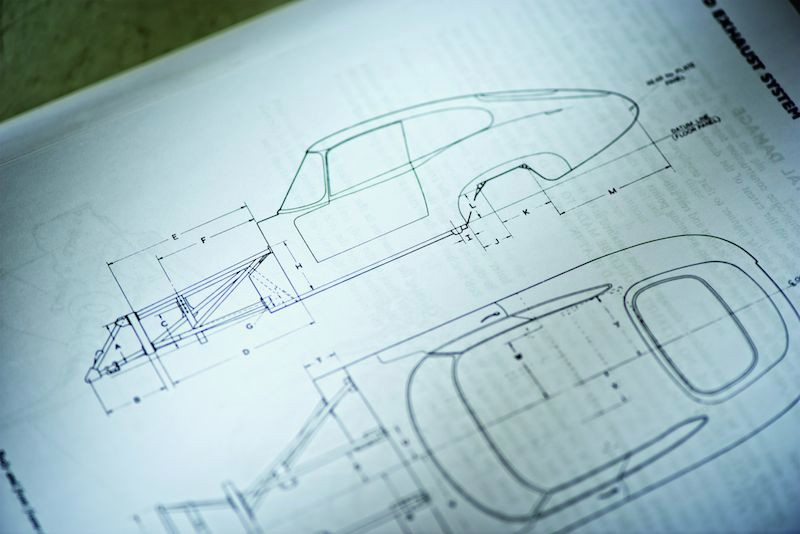
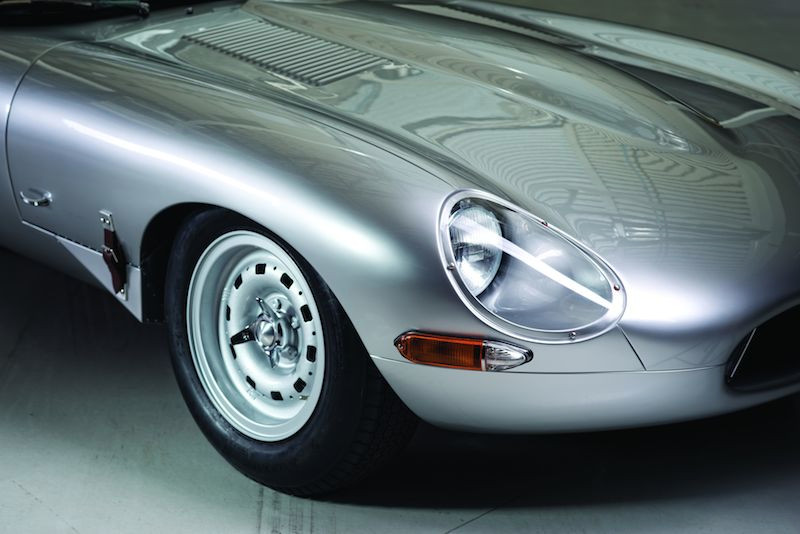
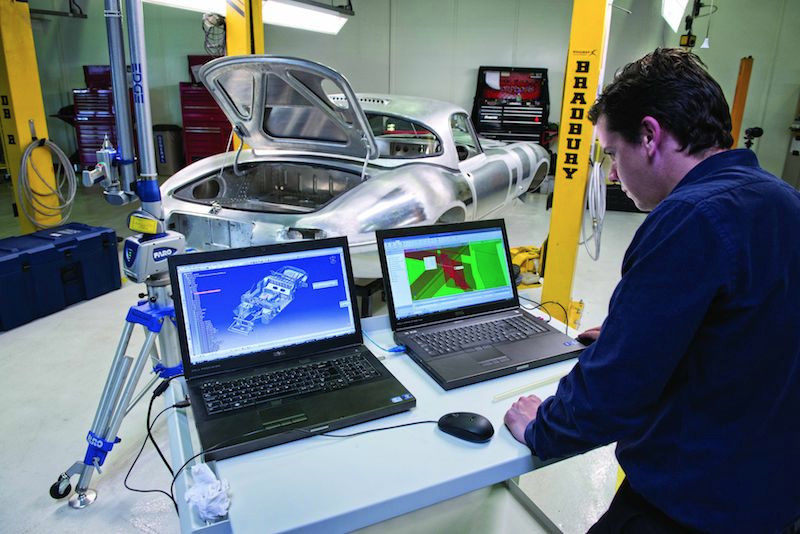
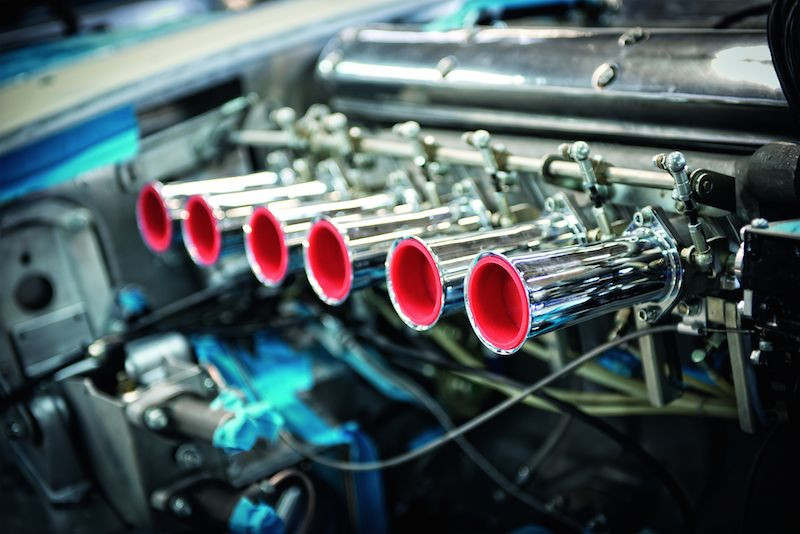
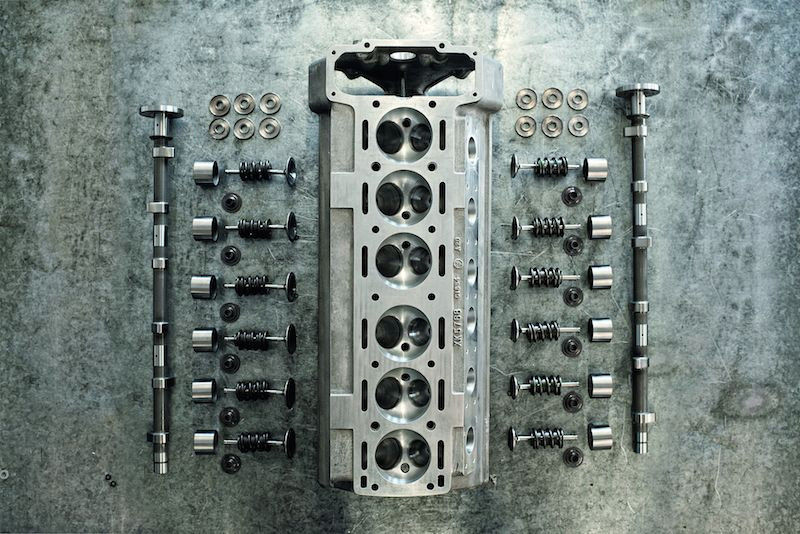
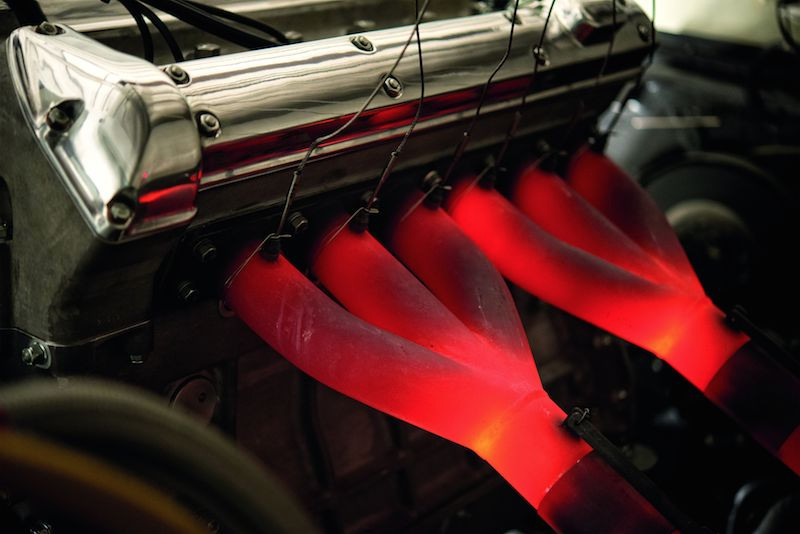
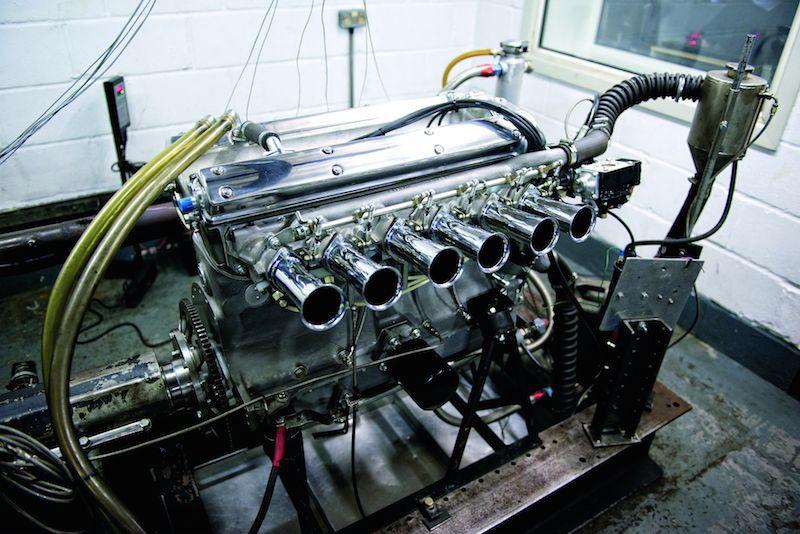
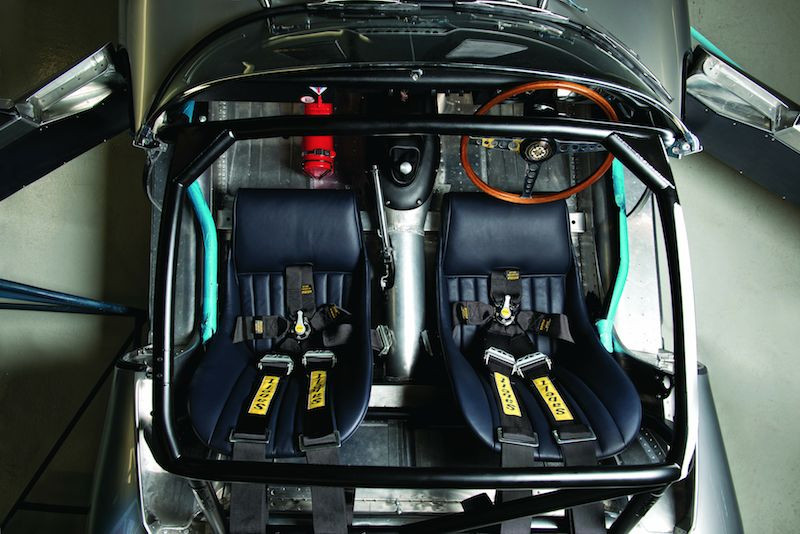
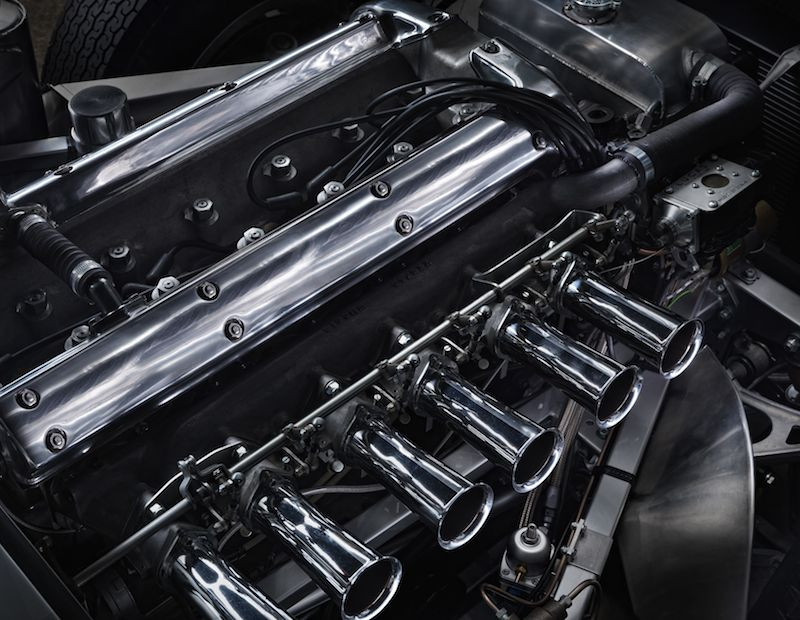
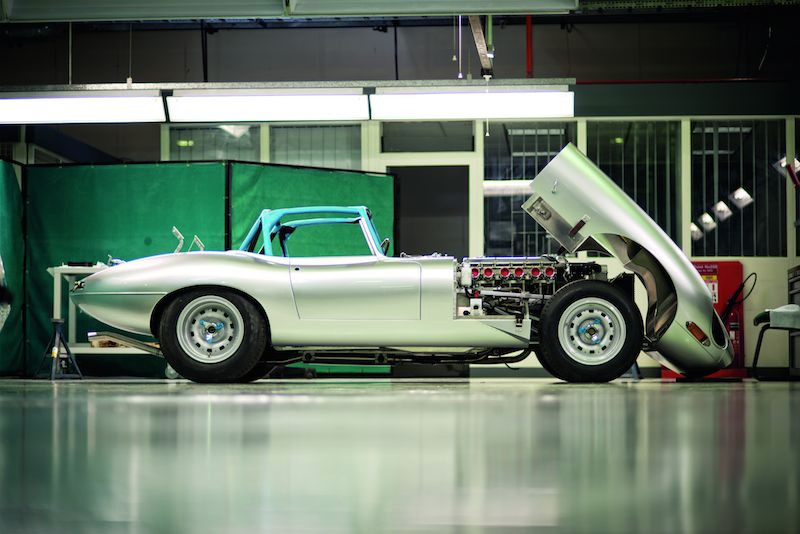
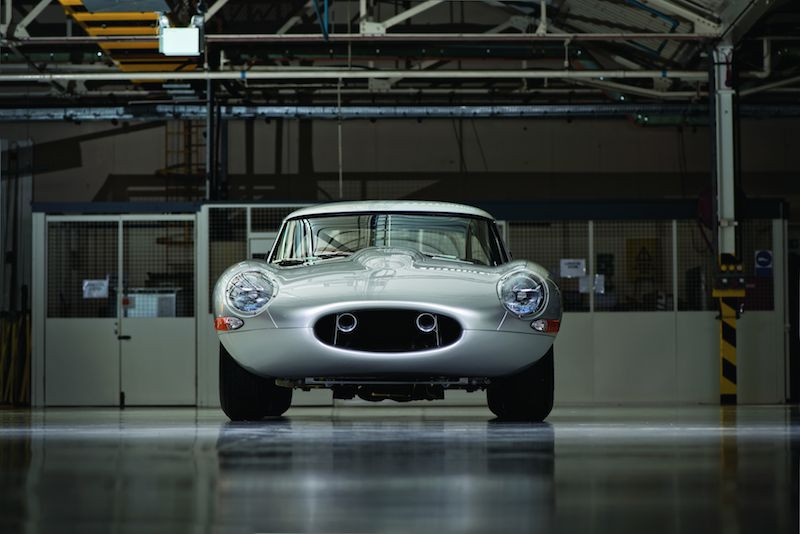
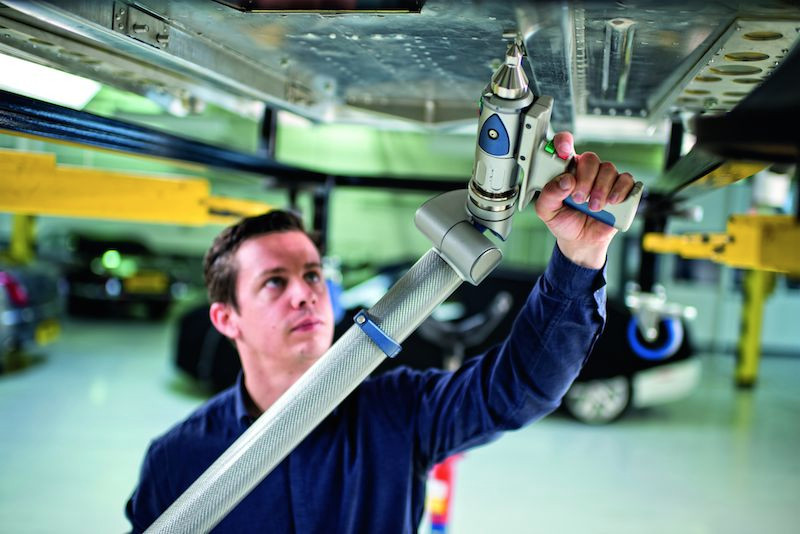
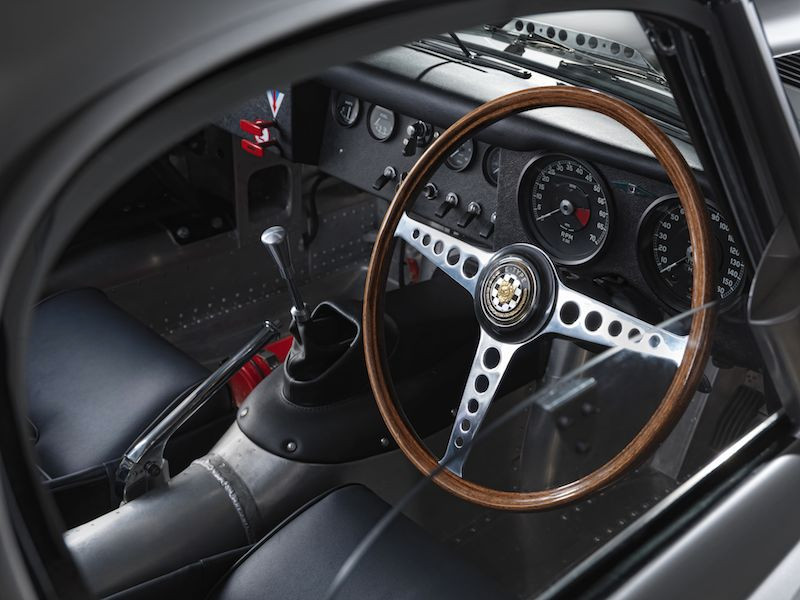
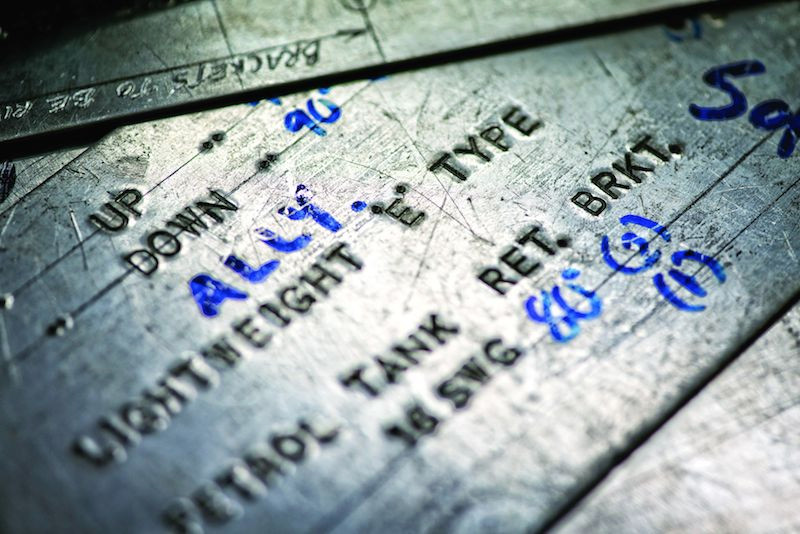
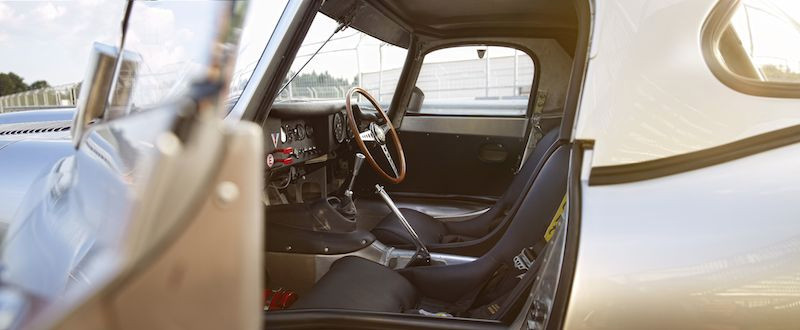

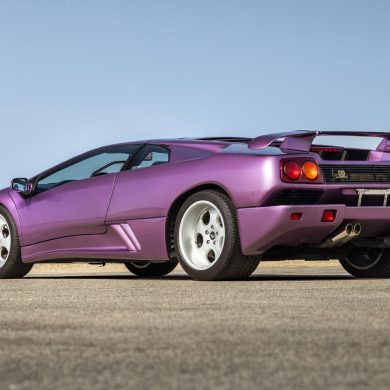
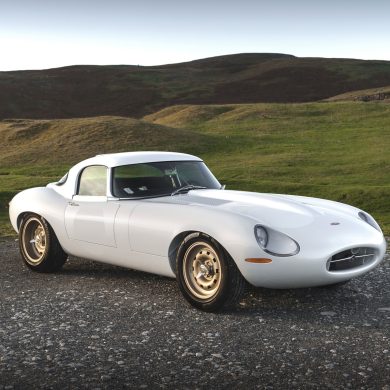
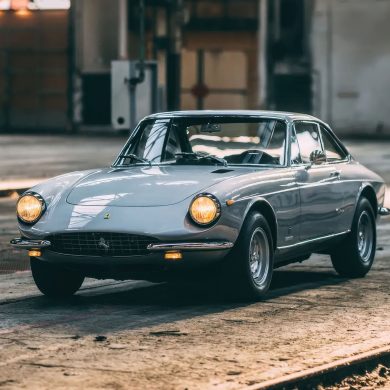
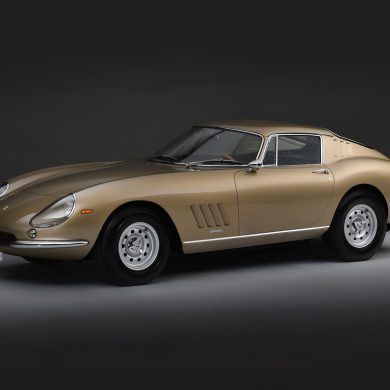
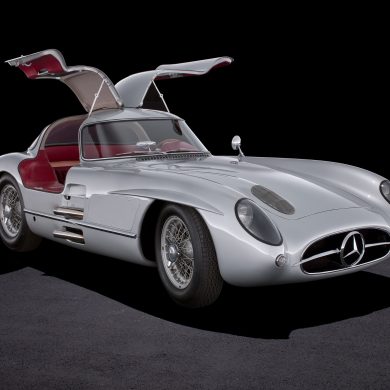


What a great car this is! I have followed the originals for a long time. It is too bad I don’t have the connections to be able to buy one of these. Surely they are instant classics.
Truly, a lovely, slimline shape. If ever a car has achieved supermodel status, this is surely it!
My only question is – are the engines new casts or period long blocks rebuilt by the factory? Cudo’s to the JH team for the endevor to complete the production run
These sound like wonderful cars. Anyone know about the selling price?
Word is a million pounds, give or take